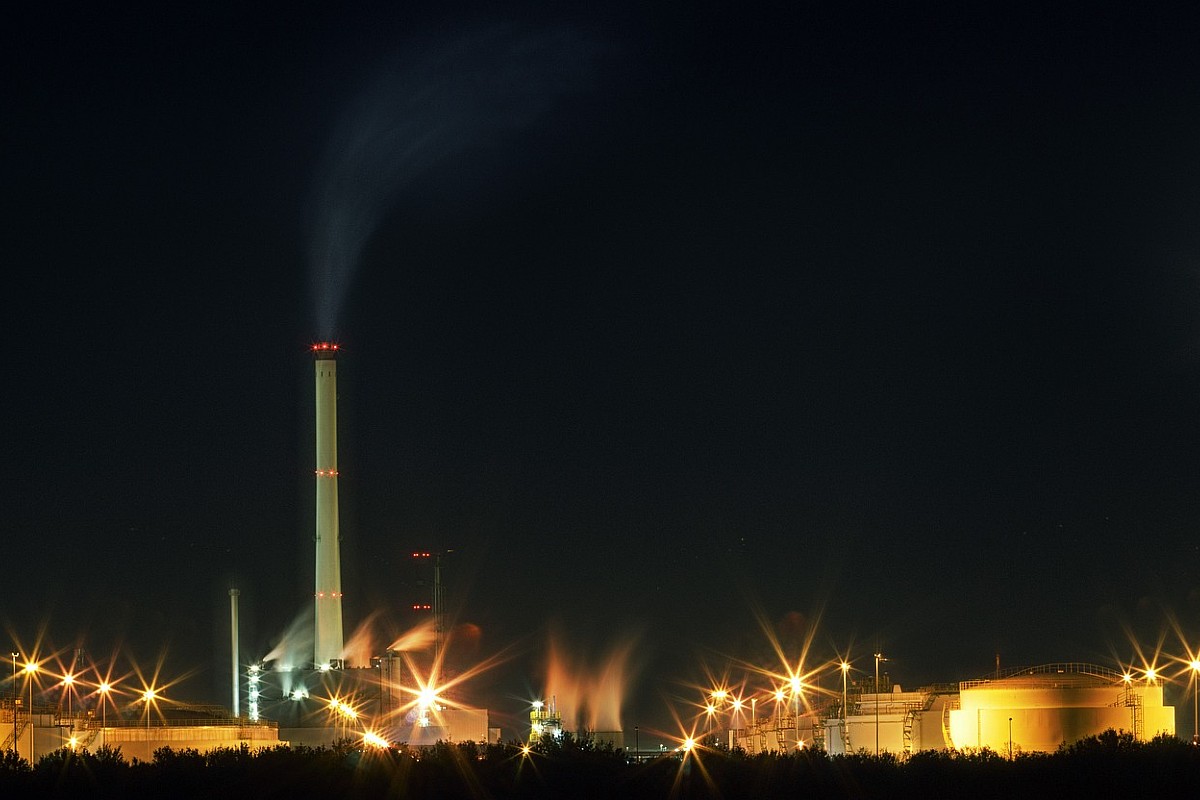
By Lindsay Street, Statehouse correspondent | As utilities continue to shutter coal-fire plants, more investment is expected in natural gas — potentially locking consumers into higher energy prices than if the utilities invested in more solar power, clean-energy advocates say.
Energy consultant Lazard released its annual report this month comparing the costs of energy across technologies. According to the report, the operation of nuclear and gas-fired plants — the dominant energy production modes in South Carolina — costs nearly the same as building new utility-scale solar facilities.
The state’s reliance on nuclear energy is not predicted to change any time soon, but the decreased reliance on coal is creating a dialogue on the next investments.
“We (could) make the wrong decision in the next year or two and invest over half a billion or more than a billion in new gas infrastructure that’s going to get stranded in the next five to 10 years the same way coal infrastructure is now,” Coastal Conservation League Energy and Climate Program Director Eddy Moore said.
Meanwhile, Duke Energy and Dominion Energy have submitted energy plans to the state’s utility regulator. The plans largely call for continued shuttering of coal plants and investment in natural gas. Only a fraction of their portfolios will include investments in solar.
While on paper it may look like the utilities should switch to solar rather than natural gas, one S.C. utility spokesman said supply decisions are “system dependent.” The Lazard report does not offer costs by state or by utility.
Shifting energy production in South Carolina
In 2019 — and for the past 18 years — nuclear power has accounted for 55 percent of energy production in South Carolina, according to a New York Times state-by-state analysis.
Since 2001, however, coal has decreased from 41 percent to 15 percent of production. Natural gas has largely filled the void left by coal, rising to 24 percent of generation, according to the analysis. A federal report found that the state’s use of natural gas has quadrupled in the last decade with its use directly tied to energy production.
Dominion Energy’s 2019 generation consisted of 23 percent nuclear, 26 percent coal and 45 percent gas. In its energy plan to the state, Dominion documents said it “concludes that no major changes to the generation fleet are required in the near term to meet customer’s energy and capacity needs.”
“(Dominion) will be working toward creating the infrastructure that opens the way for lower cost generation and non-emitting resources, but those steps must also be affordable,” documents said.
According to its plan, Duke Energy says it will retire the rest of its coal plants over the next decade, but also is looking at investing in more natural gas.
Public utility Santee Cooper uses half of its energy from natural gas resources, through its Rainey station or from power purchased from mostly natural gas-fueled stations, according to Communications Director Mollie Gore. Another 38 percent of its energy production comes from its two coal stations, one of which is expected to be shuttered by 2027. Eleven percent of production comes from nuclear, and 3 percent comes from renewables like solar.
The utility is planning to shift energy production resources and bring online new natural gas plants in the next 13 years, Gore said.
The shifting costs of energy production
In its report, Lazard found nuclear power costs between $129 and $198 per megawatt hour (generating 1 million watts for an hour). Natural gas- and oil-fired plants — or peaking plants — operate at $151 to $198 per megawatt hour.
Nuclear and gas plants continue to be more expensive than either coal or solar, likely because of their large, up-front capital investments in building the plants, experts say.
 Coal operates at $65 to $159 per megawatt hour, and utility-scale solar costs between $29 and $42 per megawatt hour. Coal-gas combined plants offered among some of the cheapest traditional energy costs, however: $44 to $73 per megawatt hour.
Coal operates at $65 to $159 per megawatt hour, and utility-scale solar costs between $29 and $42 per megawatt hour. Coal-gas combined plants offered among some of the cheapest traditional energy costs, however: $44 to $73 per megawatt hour.
Moore said Lazard offers a “levelized” look at all technologies, taking into account up-front capital costs, maintenance costs, government subsidies and output. He called it “one of the energy standards.”
“That’s the importance of the Lazard report: it’s not somebody’s lobbying talking point. It’s a long-running series that confirms this transition (with cheaper renewable energy),” Moore said.
Dominion Energy spokesman Matthew Long said the utility has “not reviewed the specifics of the report and can’t comment on its conclusions. However, analysis of supply-side resources is very complicated and system dependent.”
Improvements in natural gas technologies have led to its surge as a dominant energy generation source in the United States due to the low price point for utilities. In its report to the Public Service Commission, Dominion said it expects natural gas to continue to be competitive with technological improvements and innovation.
Moving forward
Michael O’Boyle, director of electricity policy with California think tank Energy Innovation, said two-thirds of energy production plants in the Southeast would be cheaper to retire now and replace with renewables when looking at energy costs. But it may take regulator pressure and policy changes to enact changes.
“When you ask the utility, ‘What’s your plan?’ They tend to want to keep those around until its useful life has run its course … They want to recoup that investment,” O’Boyle said. “(But), in the real world, if you have equipment that is inefficient you replace it with more efficient stuff … If you can’t keep efficient you can’t keep competitive but with monopolies there is nowhere else for the customers to go.”
He said the state could also look at policies to help utilities use low-cost financing to pay off the remaining balance on plants so they can reinvest in cheaper generation.
But one of the biggest changes on the horizon may be found in the recently passed state law that creates a study committee on a regional transmission system of energy between utilities, O’Boyle said.
A regional transmission organization (RTO) among Southeastern states could push changes in generation faster as it coordinates energy sales from producers based on a utility’s customers’ needs, he said.

Beaufort Republican Sen. Tom Davis said the legislature has reacted with “lightning speed” in its response to the 2017 shuttering of a nuclear reactor project that left a $9 billion hole in the ground. He touted the 2019 passage of the Energy Freedom Act and this session’s study committee law.
But, he said, that is more incidental of the market needs rather than the state mandating or pushing a certain technology. Davis said previous laws like the Baseload Review Act of 2007, which allowed utilities to raise money on customers to pay for under-construction projects, gave utilities the wrong incentive, pushing them toward “heavy capital projects.” The lack of competition from independent power producers also helped that trend, Davis said.
Lancaster Democratic Rep. Mandy Powers Norrell said the legislature has pieces in place to continue to pressure utilities toward cheaper forms of energy with both the Energy Freedom Act and the RTO committee.
“We’ve seen the fruits of our labors in this and we passed the threshold where now the market can largely drive the energy future and that is a wonderful thing,” she said.
Norrell said the state needs to look at “decoupling” next. That means separating energy production from energy distribution. She called it “democratizing” energy production. But, she said the state has to find a way to make it “make sense to existing utility companies.”
- Have a comment? Send to: feedback@statehousereport.com















 We Can Do Better, South Carolina!
We Can Do Better, South Carolina!
Complete nonsense. Natural gas plants have the lowest build cost ($/mW) and lowest cost of energy ($/mWh). Not even a contest. Would do well to remember renewable shows up when it feels like, not when it’s needed.
The build cost ($/megaWatt) of a natural gas plant is significantly lower than solar. The gas plants produce energy at a much lower cost ($/megaWatt-hour) than solar. Electricity is produced when needed, as opposed when erratic and unreliable solar happens to be available.
The article appears to be propaganda for the solar energy industry that only exists by forcing tax payers and consumers to line the pockets of investment bankers and utilities.
The best value for consumers and businesses is natural gas.